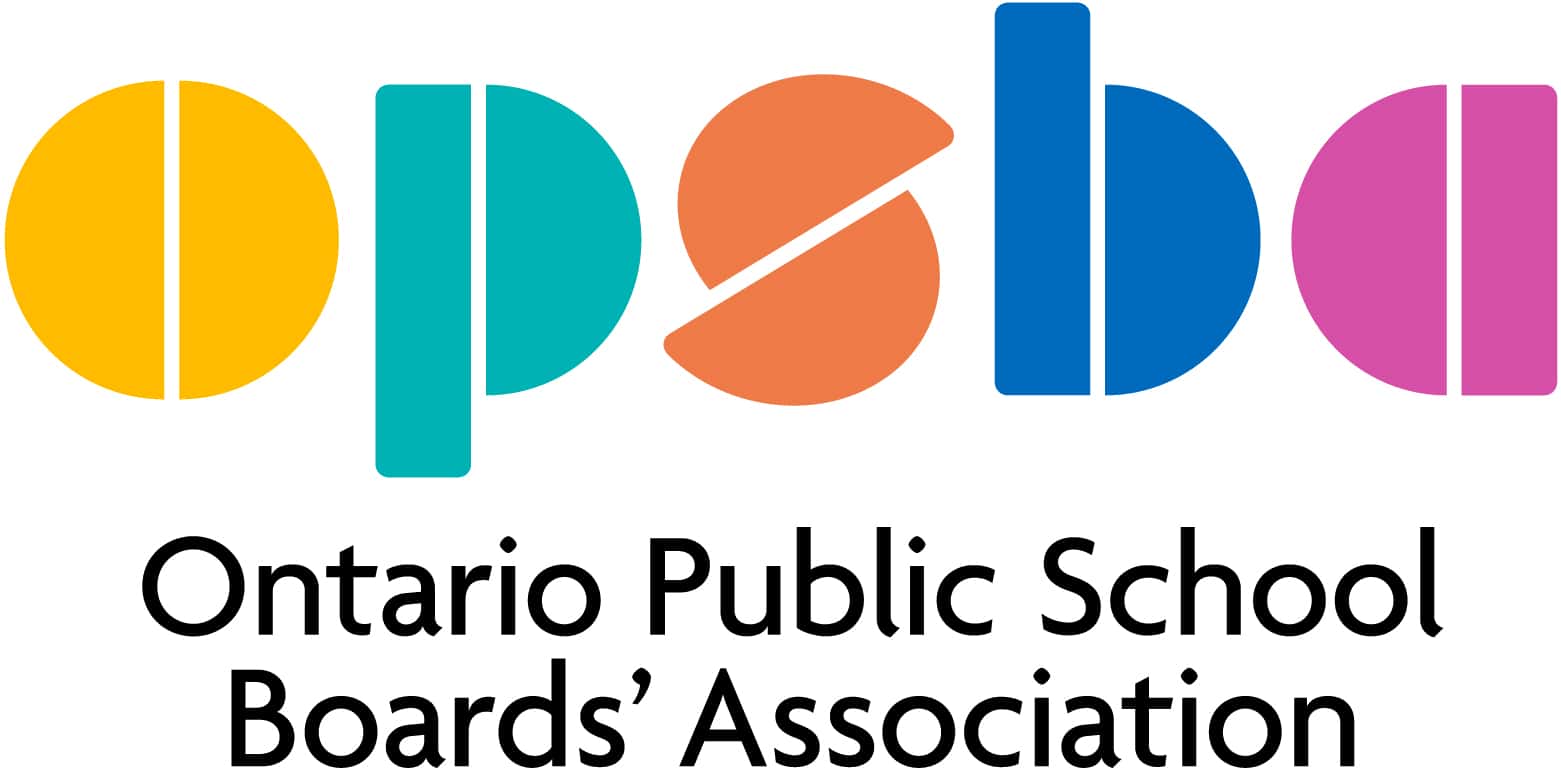
Integrating Dollars and Sense into Education
By Sharon Aschaiek
A new Ministry of Education initiative to better prepare students for the global economy is set to transform how Ontario public schools educate about money. Last spring, the ministry launched pilot projects at 29 schools by introducing mandatory half-credit courses on financial and digital literacy, entrepreneurship or life skills into the Grade 10 career studies and civics courses. Eight schools chose to deliver the financial literacy module, which covers the topics of budgeting, credit and the Ontario Student Assistance Program. The move came on the heels of the ministry’s 2016 promise to embed financial literacy into the career studies course at all Ontario public schools.
“Financial education gives young people a sense of what the reality is about money, and it can help them develop the confidence to set and achieve goals and be responsible with money … So it’s good to see this program being introduced in Ontario,” says Garry Rabbior, president of the Canadian Foundation for Economic Education (CFEE), a non-profit, non-partisan organization working to improve economic, financial and enterprising capability in Canada. The CFEE works with school boards across the country to address gaps in financial literacy curriculums, and helps schools create lesson plans and run money fairs. In partnership with Scotiabank, it created the resource website www.talkwithourkidsaboutmoney.com, and published a downloadable PDF book, Money and Youth: A Guide to Financial Literacy.
Rabbior says youths in Canada are keen to improve their financial literacy skills, and he has the data to prove it. In 2016, the CFEE surveyed more than 6,000 students across the country in grades 7 to 12 about what they want to know about money. The comments revealed that while students view financial literacy as an essential life skill, they have difficulties with earning and saving money and spending it wisely. Most said they’d prefer learning about money matters at home (60 percent) or at school (53 percent). “It was incredible how strongly they indicated that they felt learning about money is important,” Rabbior says, “and they want to learn about it from trusted sources — either from their parents or guardians, or their teachers.”
Financial literacy is a curriculum area the Ministry of Education began prioritizing in 2011 when it started adding various aspects of the subject to different grade 4 to 12 classes, from mathematics to science to English. So far, it has invested more than $3 million into those efforts. This latest, more comprehensive initiative kicked off last February when the ministry held meetings with teachers from participating schools to introduce the learning modules and discuss how to deliver the curriculum in the classroom. The teachers were provided with up to $3,850 from the ministry to purchase technology to support their students’ learning and gained access to the ministry’s virtual learning environment to communicate and collaborate with other participants.
Among the participating educators was Colin Halsall of Hillcrest High School in Ottawa. Halsall heads the school’s special education department, and taught the curriculum in his career studies and learning strategies courses. The budgeting activity involved a group exercise where students chose a pathway after high school, such as completing an apprenticeship, attending college or university or starting a job, and then created a budget of their estimated income and expenses. The module included links to relevant life-planning resources, such as Career Cruising and My Blueprint, and a sample budget spreadsheet with entries for cost-of-living expenses such as housing, transportation, food, utilities and tuition. After completing their budgets, the students had to share the document with their parents for a discussion on how they would manage their post-high school living costs.
Halsall says the highly personalized nature of the assignment helped the students realize how budgeting can help them make smart decisions about money, both now and in the future. They learned how to think more critically about their current spending habits and how to reduce expenses like their cellphone bills. He said the exercise was especially relevant to the few students who already lived on their own, and so could apply the practice of budgeting to their day-to-day lives. “My students were really engaged when they could apply the lesson to their lives and their future plans,” he comments. “They were seeing in real time what they should be focusing on, how they’re maybe in the red right now and how they can avoid that.”
Educator Alicia Eliot jumped at the chance to participate in the pilot project. A career studies and civics and citizenship teacher at Innisdale Secondary School in Barrie, Eliot remembers hearing some students in the school’s university-bound stream complain about how they would graduate from high school without learning how to handle their money. She agrees that the efforts to update the curriculum in this way are long overdue. This was reinforced when she assessed her students’ understanding of the topic at the outset of the course and discovered how little they actually knew about managing money. “Some of them don’t have bank accounts yet and some didn’t know the difference between a bank card and a credit card. Their experience with finances was quite limited,” Eliot says. “These students are about to get jobs and earn money, so that’s when these skills become really relevant.”
Eliot chose to home in on the part of the curriculum dealing with credit cards, and used the ministry’s technology funding to purchase nine Chromebooks to facilitate the lessons. She covered key terms relating to credit cards, the different types of cards available and the fees to use them. She led them through exercises of calculating payments in different credit card usage scenarios so they could understand how interest accumulates. Eliot also got the students to research the pros and cons of using credit cards, and to compare the rewards programs of different credit cards. “Credit card debt can be so dangerous. And as soon as they go to college or university, they’re going to be inundated by people asking them to sign up for credit cards,” she says. “That’s why it’s important they know about these things ahead of time, and think about their goals for their money.”
At Maple High School, all of the financial literacy curriculum topics were covered, including the different types of bank accounts, minimum wage and the extent to which it can cover living expenses, and mandatory paycheque deductions like the Canada Pension Plan. The exercise on budgeting included a review of local rental prices, transportation costs and prices charged by local shops and restaurants, and a discussion about different ways to save money. Instruction in government funding for postsecondary education exposed the students to the ministry’s new Ontario Student Assistance Program aid estimator for assessing how much financial support each applicant can access based on their individual financial situation. “Navigating financial matters is a vital skill set,” says Principal John Sebastiano. “Quite frankly, we can’t expect that this is a conversation every family has with their children, so schools have a responsibility to teach these skills.”
In May and June, the Ministry of Education held debriefing sessions to collect feedback from the teachers participating in the pilot projects. Educators, students, parents and other stakeholders were invited to complete a survey on the content and value of the courses. A ministry spokesperson indicated the feedback reflected a strong preference among most of the educators to include financial literacy in any future revisions to the career studies curriculum. The ministry is still determining whether to integrate the other subject areas of the pilot projects — digital literacy, entrepreneurship and career/life planning — into the grade 10 career studies course, but is committed to including the financial literacy section in its curriculum, with a target date of fall 2018.
As the results of the pilot projects are reviewed, Sebastiano hopes the ministry will consider including another key aspect of financial literacy: the social dimensions of money. While he considered the curriculum a “great entry point” to build awareness of money matters, he says it would be more meaningful if it included information and activities related to the connections between money and inequality, poverty and the impact of debt. “I see it as a cross-curricular kind of endeavour that incorporates diverse perspectives,” he says. “It’s not enough to consider just the math of it, it’s also about the social implications and responsibilities, and issues of inequitable access to resources … I see that as being a critical perspective that can’t be lost.”
Sharon Aschaiek is a writer, editor and communications consultant who focuses on the education sector.

